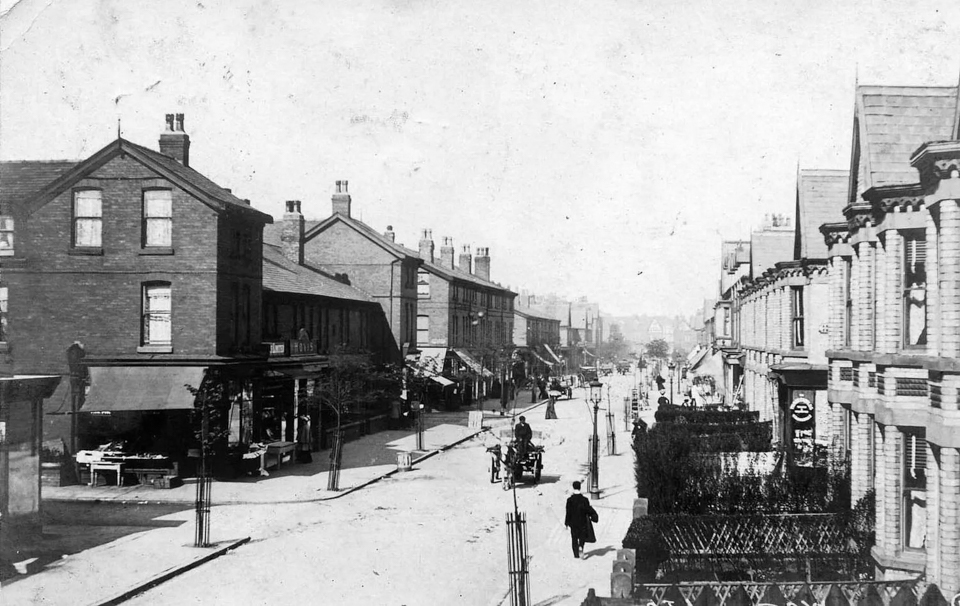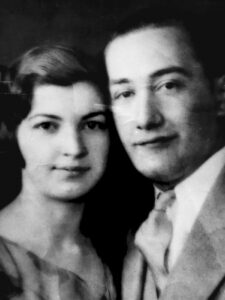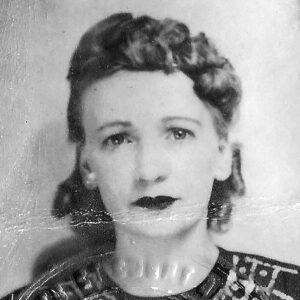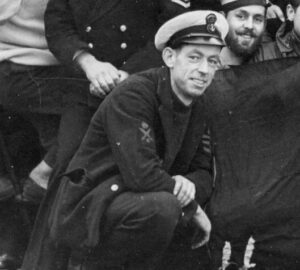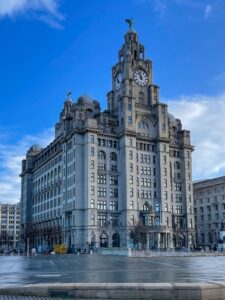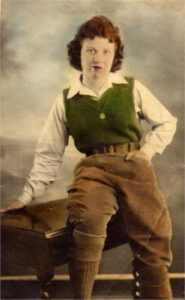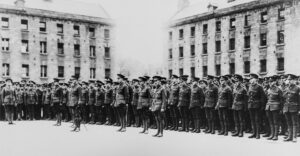Sefton extends along the Irish Sea coast from the estuaries of the Ribble in the north to the Mersey in the south.
Bootle
Bootle sits to the immediate north of Liverpool. Recorded in the Domesday Book of 1086, for most of its history Bootle was a quiet village famous for fruit and vegetable farming, later becoming the home of wealthy businessmen who wanted rural peace and beauty and a fashionable seaside resort. The arrival of tram and rail networks in the mid-19th century triggered rapid growth and the town soon bulged with incoming workers, including many Irish immigrants.
As Liverpool’s docks steadily expanded northwards, riverside houses and pubs were replaced by warehouses, manufacturing industries, railways, and masses of terraced houses. By 1900 it was a continuous unit with Liverpool, although it remained administratively independent.
Bootle played a critical role during both World Wars. Its docks were vital for the war effort, but this made it a target for the Luftwaffe and around 90% of the houses were damaged during the Liverpool Blitz. Post-war, Bootle underwent substantial rebuilding and regeneration, with large council estates built inland. As the docks declined in importance during the late 20th century, Bootle suffered high unemployment and a declining population.
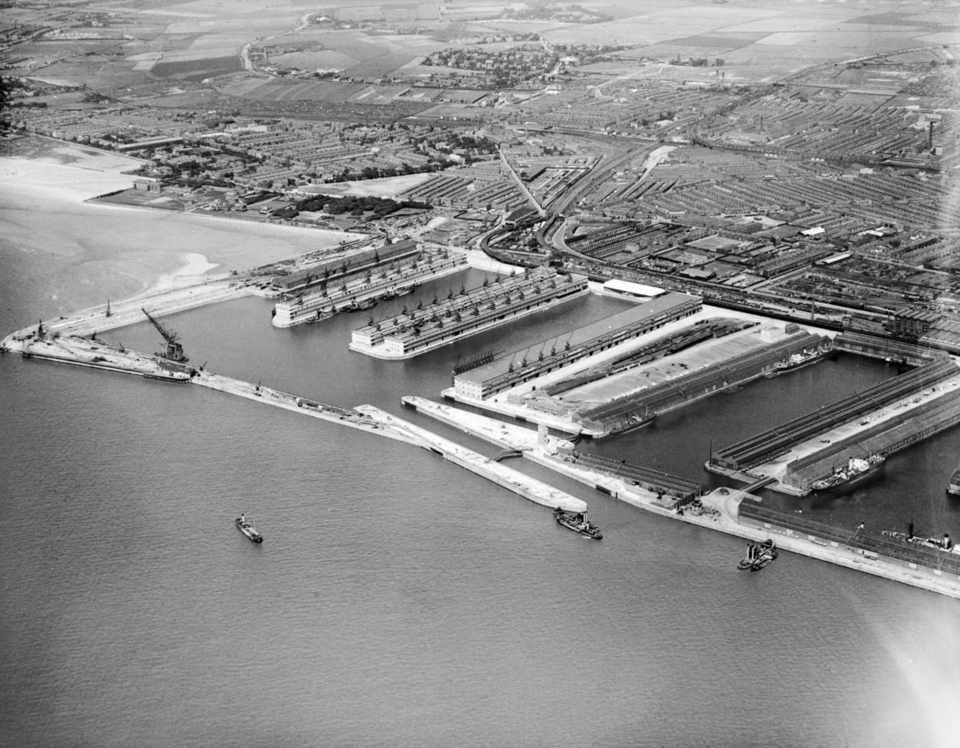
Coastal towns
The area along the Mersey to the north was for many years mostly cottages, beaches, dunes, and fields. In the mid-19th century, the villages of Waterloo, Seaforth, Litherland, and Crosby were quite distinct. However, the arrival of the railways saw them rapidly develop to such an extent that by the 1880s their boundaries were largely indistinguishable.
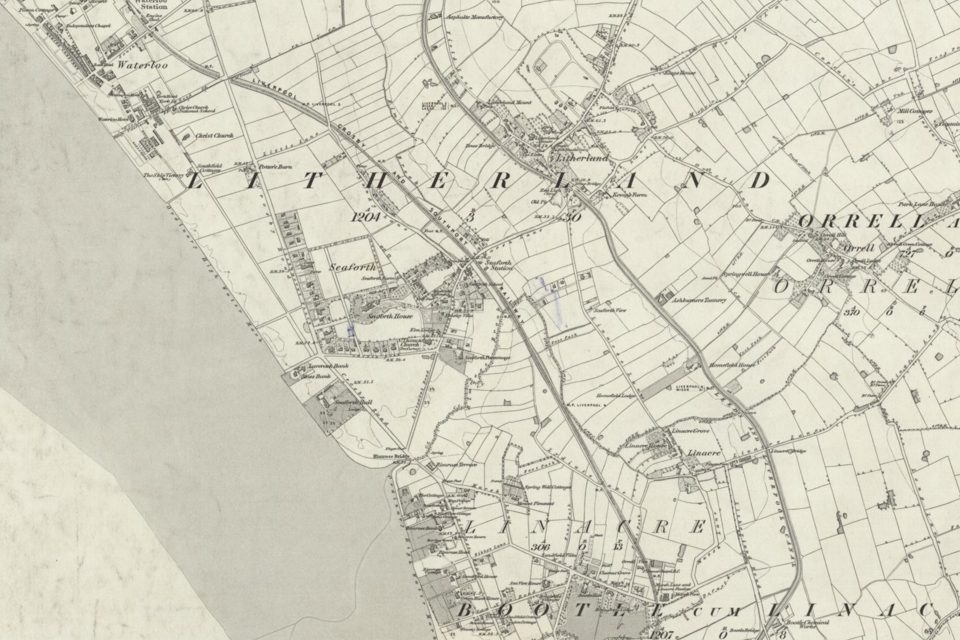
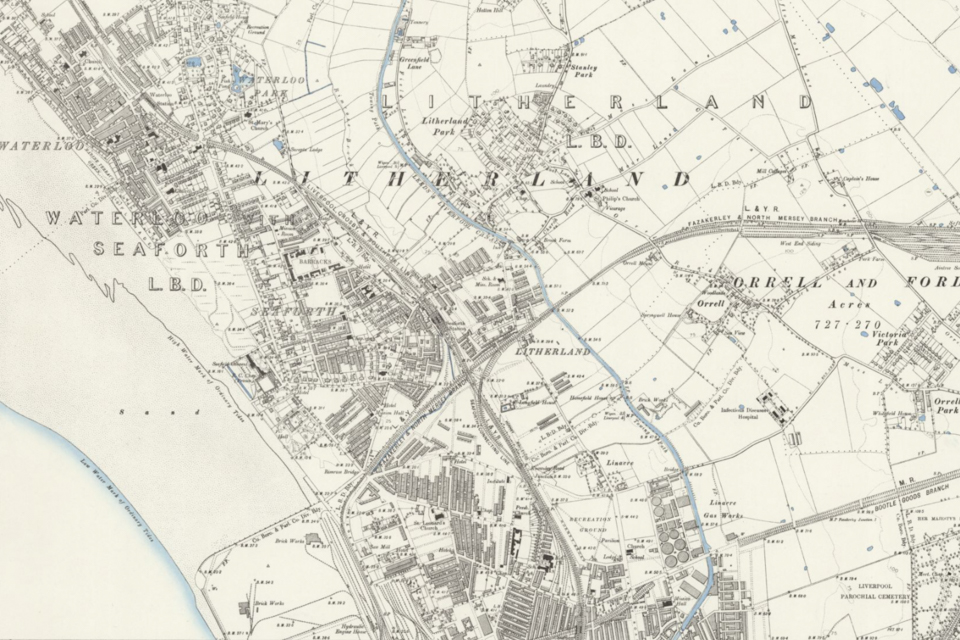
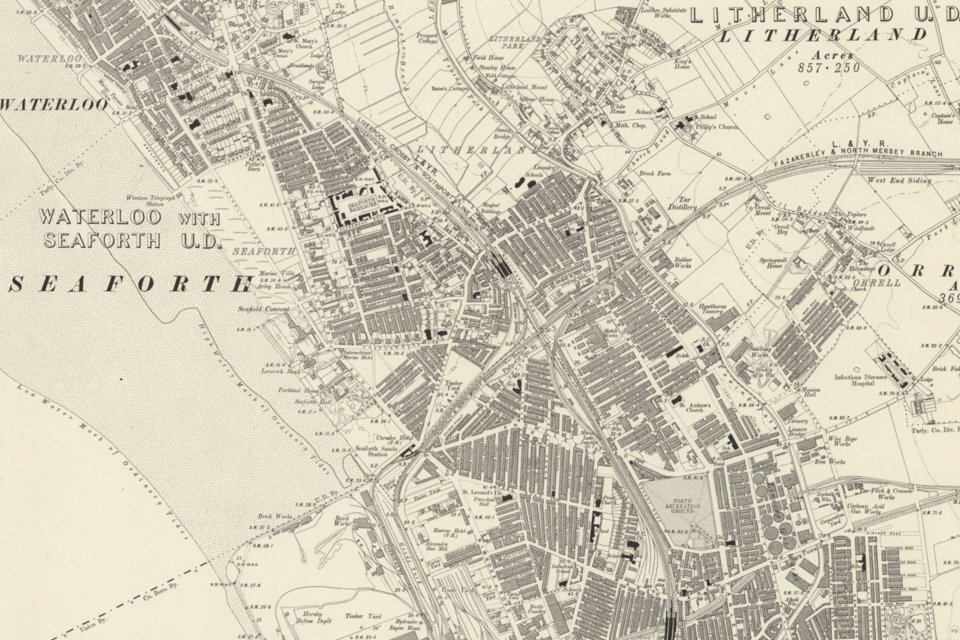
Seaforth followed the general pattern of Bootle, particularly after the construction of Seaforth Dock in 1875, which became a crucial component of the Port of Liverpool. Considerable residential development followed to house dock workers and their families. It 1971 Liverpool’s largest docks opened at Seaforth, purpose-built for the new generation of container ships.
Waterloo was named after the famous battle, and initially grew as a popular seaside resort for the burgeoning middle class of Victorian Liverpool, known for its picturesque promenade and leisure facilities. Together with Crosby, it evolved into a popular commuter suburb due to its convenient rail links to Liverpool. Today it remains one of the most popular parts of Merseyside to live, with wonderful views down to the waterfront with the Welsh hills visible in the distance.
The urban districts of Crosby, Waterloo and Seaforth merged in 1937 to form the Municipal Borough of Crosby. In 1974 it became part of the new Sefton Metropolitan Borough.

Development inland
The villages inland remained rural for longer, only being developed after the two World Wars when they expanded at a phenomenal rate as huge estates of new housing were built on the flat open land. These included Ford, Thornton, Aintree, Orrell, and Maghull. This expansion provided much-needed housing and contributed to the suburbanisation of the area.

